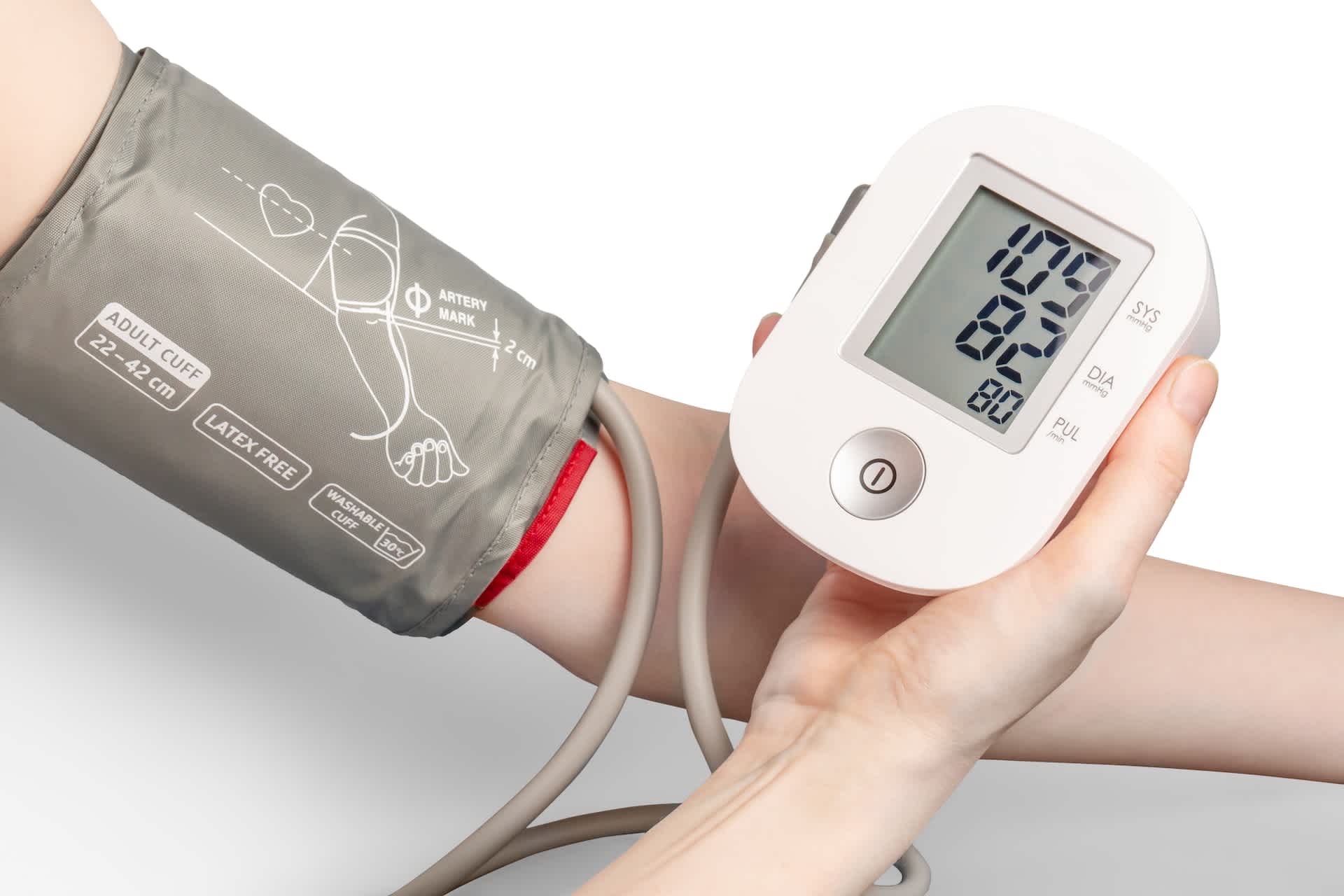High blood pressure (hypertension) is generally considered to have a systolic/diastolic reading of 140/90mmHg, or 150/90mmHg for people aged 80 and over. An ideal reading would be between 90mmHg to 120/80mmHg for those under 80, or below 150mmHg for those over 80.
Having high blood pressure risks diseases such as heart disease, heart attack, strokes, aortic aneurysms and more. It is generally treated with a mixture of medication and lifestyle changes, but recent studies have shown that massage therapy may also be an effective intervention.
So, can massage help lower blood pressure? Massage is thought to help lower blood pressure by improving circulation. It can also help with improving a number of other vitals, according to recent studies. However, results are generally short-term, meaning that, whilst effective, it should be treated more as maintenance than a cure.
Read on to learn more about massage to lower blood pressure with Breeze Academy.
Does Massage Lower Blood Pressure?
A number of studies suggest that massage can help to lower blood pressure, particularly in people with pre-hypertension. It is thought to be a safe, effective and cost-effective intervention for controlling blood pressure.
Massage helps to lower blood pressure by improving circulation. It moves stagnant blood out of a tightened area and floods it with fresh blood. This increases vascular pressure, which may cause some Massage Therapists to act with caution, however, there is overwhelming evidence to suggest that massage is effective against high blood pressure.
Research from as early as 1999 reported that “High blood pressure and associated symptoms were reduced by massage therapy.”. This study saw participants split into two groups - one for massage and the other for relaxation therapy. Both groups showed lower levels of anxiety and depression, but only the massage group showed lowered blood pressure.
Similarly, more modern research from 2014 and 2016 reported that regular Swedish massage is linked to lowered blood pressure and heart rate. A 2015 study reported that when participants’ hands and feet were gently massaged, blood pressure decreased.
Can Massage Raise Blood Pressure?
Typically, massage will temporarily raise blood pressure as it impacts the circulatory system. Massage causes blood vessels and lymphatic vessels to expand, which accelerates blood flow. This increased blood flow hits blood vessels at a greater force than usual, resulting in a higher blood pressure. This, however, is usually only temporary and, over time, massage is thought to lower blood pressure.
Additionally, some specific types of massage may raise blood pressure more than others. These include:
- Sports massage
- Trigger point release
- Reflexology
What Kind of Massage is Good for High Blood Pressure?
Some research suggests that different forms of massage could be more effective in lowering blood pressure than others. However, this isn’t consistent across all research; some disagree and it is unclear whether or not specific types of massage are more effective. That being said, Swedish massage appears to have a lot of success in clinical trials.
Swedish Massage
The aforementioned “modern research” into massage and blood pressure were all done using Swedish massage. The general consensus is that Swedish massage is effective for lowering blood pressure over a period of 4-6 weeks. A further study from 2013 reported that Swedish massage was more effective than simply resting, and also helps to reduce resting heart rate.
Where to Massage to Lower Blood Pressure
Swedish massage techniques may be effective in lowering blood pressure, but other research suggests that where massage is applied to the body may also have an impact on success.
- Gentle massage to the hands and feet - a study from 2015 reported lowered blood pressure in patients with coronary syndrome.
- Back massage - a study from 2016 reported lowered blood pressure and improved vital signs in people with congestive heart failure.
- Back and foot massage - a study from 2020 reported reduced blood pressure in women with hypertension.
How Long Do the Effects of Massage for High Blood Pressure Last?
It is unclear how long the effects of massage for high blood pressure last as most research only looked into short-term effects. In some cases, studies reported that the benefits lasted for around 72 hours, with one reporting that benefits were completely gone after 2 weeks.
It is apparent that massage offers quick results in lowering blood pressure, but that these results dissipate quickly. Massage may offer a drug-free solution for high blood pressure, but it should be treated as on-going maintenance rather than a quick fix.
Final Thoughts
Researchers stress that studies into massage for high blood pressure are limited. However, current evidence suggests that it is a safe, effective, drug-free method of lowering blood pressure for people with a number of conditions, such as hypertension, coronary syndrome and congestive heart failure.
That being said, it’s not a cure. Some research states that the benefits of massage may only last for around 72 hours. As such, this treatment should be considered more as maintenance rather than as a long-term fix. It may also be effective when used in conjunction with other interventions.
If you’re interested in learning more about massage, Breeze Academy runs a number of Massage Therapy courses across the UK for both beginners and more advanced students. Take a look online today or get in touch with us for more information.
